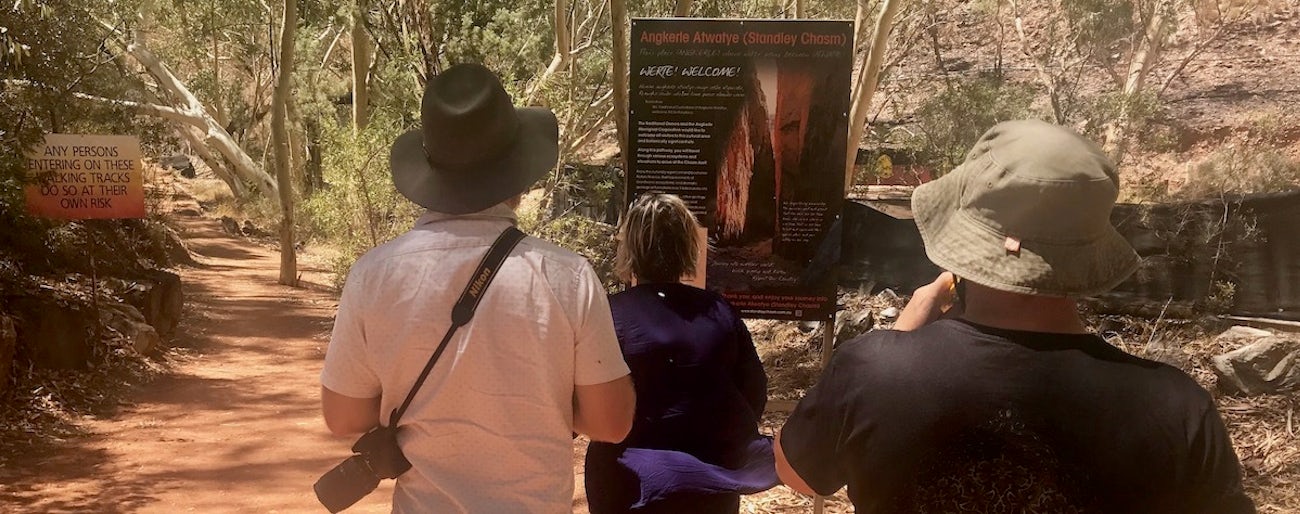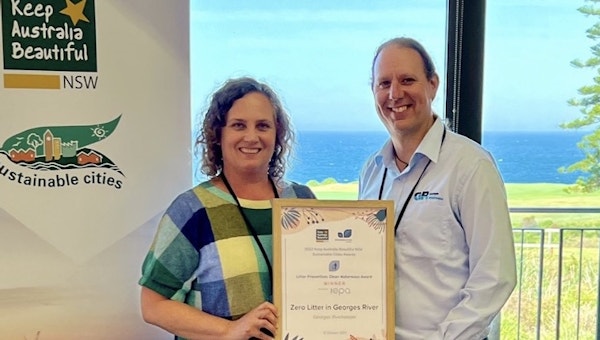
Sep 09, 2019
How environmental psychology can enhance brand communication, placemaking and cultural heritage projects.
One of the fun aspects of Art of Multimedia's work is creative collaboration with diverse experts. Our clients always have in-house subject matter experts and sometimes consultants already engaged in a project. Equally, AOM's pool of specialists allows us to bring the right expertise to complete the multidisciplinary team required to deliver complex projects.
In this article, Beata Kade, AOM Managing Director asked Rob Hall, Director of Environmetrics about where and how environmental psychology adds value to the visitor experience of a place, a brand or a cultural site or event.
If a company is thinking about rebranding or drafting new communication strategy and plans, what value does your expertise bring?
"Our approach to this is based on academic and applied research beginning in the 1950s and reinforced repeatedly since then. In brief, when people evaluate something like a product, service, logo, brand name or even other people. They make their judgements on three underlying criteria. These are a sense of pleasure (or the opposite), a sense of involvement (or the opposite) and a judgment of how “potent” they think the item being evaluated is. To be successful, a brand or a logo, for example, needs to do well on each of these three attributes. A case study might help understand what I am saying here. We were consulted by a retail chain that specialised in clothing for young women. They had spent a lot of money on redecorating the retain areas and anticipated increased sales. They were disappointed and perplexed because, as they pointed out, when they had interviewed a sample of young women, the majority said they found the redecoration very appealing. What our research revealed was that they failed on the other two options. They had created something that was aesthetically pleasing but that failed to get customers engaged. Ensuring that a proposed design ticks the three underlying boxes is a first step in achieving the desired outcome. We have devolved a methodology for assessing the success of a design and summering the results in what we term a Balance Diagram."
What does social and market research bring to Urban Development / Placemaking?
"An obvious answer is that this kind of research can provide an understanding people’s attitudes, feelings and desires—so, for example, when we work with architects and planners on masterplanning projects, we can help them choose between design options they might be considering and thus minimise the risk of a design not achieving the intended outcome. In this case, we become part of the designer’s support team. You could say that in this role, we are advocates for the end-user. This role is informed by one of our core skill sets—environmental psychology, a discipline concerned with understanding how people interact with both built and naturally occurring spaces."
When should it be considered?
"Well, it is actually part of a risk management process and so it has a role in helping ensure that any design will work the way a client intends. In urban development, for example, there are all kinds of technical risks that are managed by specialists. Our specialisation is assisting manage risks associated with the reaction of future users of a space or service. If we can help a client maximise end-user satisfaction, then we have done our job well."
What example could you give to illustrate how it made a difference to your client’s project?
"A very simple example. A major utility provider was designing a large open office space with long counters at which the public could talk to service staff about a range of issues. They wanted people to go to specific parts of the counter for different kinds of issues. The signage indicating each issue was placed quite high above the counter. They were perplexed by the way that when the areas was busy, people kept fronting up at inappropriate parts of the counter. We were able to point out to them that seeing other people grouped at a counter is much more influential than signs up in the air. You could say that seeing where other people seem to be being served is "the sign" that that is where one should go for service. Added to this, we were able to explain that people rarely look up for directional signage in a building. The solution involved a redesign of the wayfinding system."
What services do you provide in the natural, cultural and built heritage interpretation sector?
"We specialise in understanding the “visitor journey” through an exhibition, museum, gallery, website, zoo, historic site, library and so on. One important focus for us is what we call the “choreography of a visit”—the way a visitor expects a visit to unfold and how the design of a place/venue supports or inhibits the expectation. For example, a visit to a museum, however interesting the museum is, can be fatiguing. A well-designed museum places rest stops and facilities such as the coffee shop at a point at which people are beginning to feel in need of a rest. This allows them to recharge and be delighted by the rest of the experience. In a similar way, the points at which interpretive aids are provided are best placed where people want to use them. Further, the design of the interaction needs to fit with the way people behave in their exploration of the museum."
When is the best time to include your expertise?
"We work with the designers to provide a bridge to the visitors so that design ideas can be tested and trialled before being installed. In this way, we provide a service to the creative team, allowing them to have answers to the questions that naturally arise as they are generating their designs."


